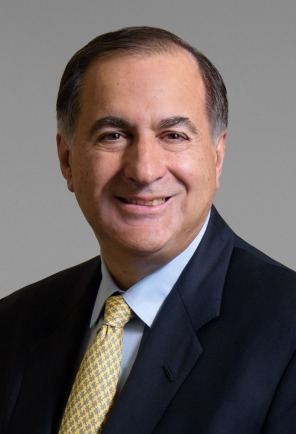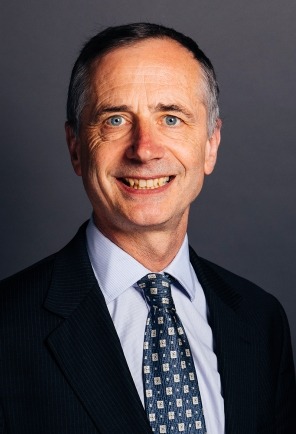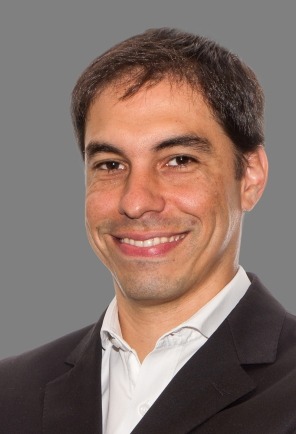Transformation in Brazil: Self-Help Makes Commodities Producer Fit for the Future
The fortunes of commodities companies are inextricably tied to the global market for the raw materials they produce. Well-run companies adjust quickly in a downturn, reducing costs in line with lower revenues and focusing on growth areas. By contrast, producers unable to make the tough decisions get deeper into difficulties.
In Brazil, the world’s biggest sugar cane producer and second-largest ethanol producer, companies have been hit hard by the drop in sugar prices, which fell to a ten-year low in 2018. In the past decade, they have also struggled with a government cap on gasoline prices that inadvertently pushed down the price of ethanol too. Ethanol is of unique importance in Brazil, where 80 percent of the light vehicles in the country run on pure ethanol or a gasoline-ethanol blend.
Against this background, one of the country’s largest commodities companies found itself burning through cash as it failed to get costs under control, to the point that the business required a series of cash injections from its parent company and racked up more than $1 billion of debt. After the appointment of a new chief executive officer and chief financial officer, the company sought help to transform its operations and make them profitable, appointing Alvarez & Marsal (A&M) and two specialist agricultural consultancies.
“The main goal of the project is to return to profitability in order for the business to stand on its own two feet,” says Tiago Rino, Senior Director with A&M in São Paulo. “The macroeconomic problems really made life difficult for the whole industry, but if the company had been better organized, it would have gotten through the last ten years – other companies did so by keeping their costs and productivity in order.”
Two-stage turnaround
The A&M-led group of advisors began a three-year transformation program in January this year, with the aim of generating as much cash as possible in the first year. The second phase will begin in January 2020, focusing on putting the management tools in place for the company to keep reducing capital expenditure and build a culture focused on profitability.
The first phase has succeeded in increasing annual earnings before interest, taxes, amortization and depreciation (EBITDA) by 25 percent, by focusing on reducing costs in four main areas: renegotiating the largest supplier accounts to transform procurement; right-sizing administrative costs; improving agricultural productivity by using fewer people and machines to harvest a larger crop, and improving industrial procedures and efficiency.
“The agricultural and industrial improvements have produced “quick wins” with very little extra investment,” says Eduardo Sampaio de Oliveira, Managing Director with A&M in São Paulo. Working with two smaller advisory firms who specialize in agricultural production projects has also “provided the detailed technical knowledge, based on their many years of experience, which has been one of the key successes of the project,” he adds.
The second phase of the transformation will continue to focus on improving cash generation while taking on a redesign of the structure of the company. This will cover the number of people in each department and their responsibilities, improving budgeting processes and adding new systems to identify where money is being spent and to measure productivity. There will be new daily routines based around targets, and a regular schedule of meetings with senior executives to make sure the transformation happens in a coordinated way across the company.
“Now that we have a 25 percent increase in cash generation, we’re going to tackle culture and management systems to ensure this year’s result is maintained over the coming years,” says Mr. Rino of A&M.
Change led from the top
The company had gone through four CEOs in ten years, and the lack of consistent leadership had contributed to the loss of productivity. The result was “a very political culture with more finger-pointing than actual solutions,” says Mr. Rino. The new CEO and CFO “came in to do what needed to be done,” he adds. The scale of the transformation – the company has thousands of employees and multiple sites in Brazil – made the commitment of the leadership team all the more vital. “They were willing to address all areas of the company. There were no areas we could not touch,” adds Mr. Sampaio de Oliveira. “The C-level was wholly onboard.” Across the company, the level of support was similar to A&M’s experience in most transformation projects: “20 percent really support the change, 20 percent are very resistant and the remaining 60 percent will come along if you lead them well, with clear communication about what you are doing and why, including targets and incentives,” says Mr. Rino.
Overall, the far-reaching changes will put the company on a secure path to future growth. “By ending the need for cash injections, they will be able to refinance the debt more easily, and also reduce it more quickly due to greater profitability,” he adds. “Getting to the next level in terms of cash generation sets them up to weather hard times.”
Click here for a PDF of the newsletter >
Stay informed about the key issues driving companies to seek meaningful, lasting change in From the Inside Out, our corporate transformation newsletter.



